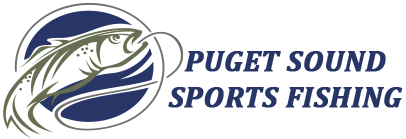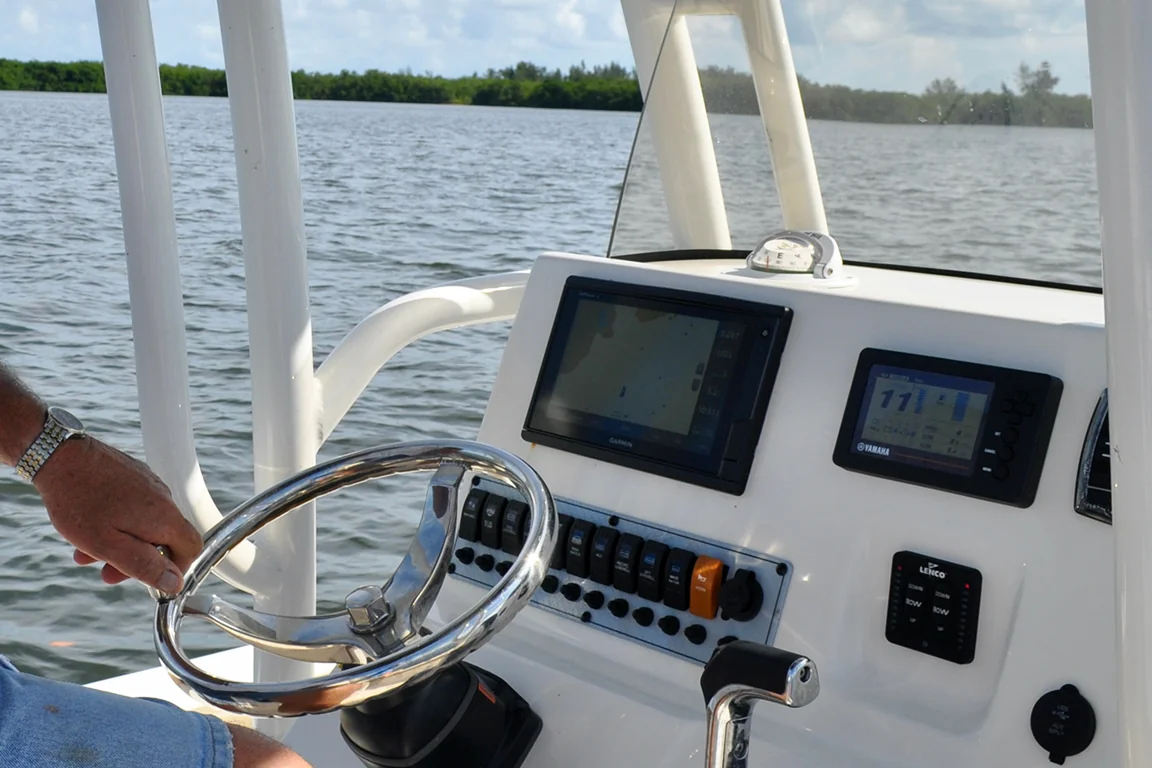In the quest to land the majestic King Salmon, modern technology offers invaluable tools that can significantly enhance your fishing success. Fish finders and GPS units are essential gadgets for any serious angler, providing critical information about underwater terrain, fish locations, and optimal fishing spots. This guide will help you understand how to effectively use these electronic devices to track and catch King Salmon.
Understanding Fish Finders
Fish finders are sonar devices that emit sound waves and detect objects beneath the water’s surface based on the echoes returned. Here’s how to make the most of them:
1. Setting Up Your Fish Finder
- Proper Installation: Ensure your transducer is correctly installed on your boat’s hull for accurate readings. The angle and position of the transducer are crucial for avoiding air bubbles and turbulence, which can distort readings.
- Initial Calibration: Calibrate your fish finder according to the manufacturer’s instructions. Set the depth range, sensitivity, and fish alarm settings to suit your fishing environment.
2. Reading the Display
- Understanding Sonar Images: Learn to interpret the sonar images displayed on your fish finder. Fish typically appear as arcs or dots on the screen, while the bottom terrain is shown as a solid line.
- Identifying King Salmon: King Salmon usually swim in deeper waters. Look for arcs or groups of arcs at depths where King Salmon are known to be, often between 50 and 200 feet.
3. Adjusting Settings for Optimal Performance
- Sensitivity: Adjust the sensitivity to filter out background noise while still detecting fish. Higher sensitivity is good for deep waters, but it might require fine-tuning to avoid clutter.
- Depth Range: Set the depth range based on the known habitat of King Salmon in your fishing area. Manually adjusting the depth range can provide more detailed images.
- Frequency: Use dual-frequency fish finders to switch between high and low frequencies. Higher frequencies (200 kHz) offer better detail in shallow waters, while lower frequencies (50 kHz) penetrate deeper waters better.
Leveraging GPS Units
GPS units are invaluable for navigation and marking productive fishing spots. Here’s how to use them effectively:
1. Plotting Fishing Locations
- Waypoint Marking: Mark waypoints where you’ve successfully caught King Salmon. Over time, you’ll build a map of productive spots.
- Tracking Routes: Use the GPS to track your trolling routes. This allows you to replicate successful paths and avoid unproductive ones.
2. Navigational Safety
- Avoiding Hazards: GPS units help you navigate safely by marking underwater hazards, shallow areas, and other potential obstacles.
- Weather and Tide Information: Many advanced GPS units provide real-time weather updates and tide information, crucial for planning your fishing trips.
Combining Fish Finders and GPS
Using fish finders and GPS units in tandem can significantly enhance your fishing experience:
1. Identifying and Marking Hotspots
- Locating Schools of Salmon: Use your fish finder to locate schools of King Salmon and mark these locations on your GPS for future reference.
- Mapping Underwater Structures: Identify and map underwater structures such as drop-offs, ledges, and channels where King Salmon are likely to be found.
2. Planning Your Fishing Strategy
- Pre-trip Planning: Use GPS maps to plan your fishing route and target specific areas where King Salmon are known to frequent.
- Real-time Adjustments: Continuously monitor fish finder readings and adjust your position using the GPS to stay on top of moving schools of salmon.
Tips for Success
- Regularly Update Software: Ensure your fish finder and GPS units have the latest software updates for improved performance and new features.
- Practice Makes Perfect: Spend time learning and experimenting with your electronics. The more familiar you are with their functions, the better you’ll be at interpreting data and making informed decisions.
- Local Knowledge: Combine electronic data with local knowledge and experience. Talk to local anglers and guides to understand the behavior of King Salmon in your specific area.
Using electronics to locate King Salmon can transform your fishing experience from guesswork to precision. By effectively utilizing fish finders and GPS units, you can locate and track these prized fish with greater accuracy and efficiency. Embrace these technologies, and you’ll find yourself reeling in King Salmon more consistently, making every fishing trip a memorable success.
Catching a King Salmon in Puget Sound requires patience, skill, and the right gear, with a fish finder and GPS technology greatly enhancing your chances. For a truly memorable fishing adventure, book a charter with Puget Sound Sports Fishing in Edmonds, Seattle, and throughout the Puget Sound area. Our trusted charters provide top-quality gear, advanced technology, and experienced guides who handle every detail. Enjoy the serene waters and stunning landscapes of Seattle, Edmonds, and the surrounding areas, known for their abundant salmon populations. Our all-inclusive charters ensure a seamless and enjoyable experience, allowing you to relax and immerse yourself in nature while we manage the logistics. Book your next fishing trip with Puget Sound Sports Fishing and experience the best of the Pacific Northwest. Get ready for an unforgettable adventure!
Puget Sound Sports Fishing
Click Here To Book Your Next Salmon Fishing Adventure
300 Admiral Way Edmonds, WA 98020
Click Here For Maps & Directions
(206) 546-5710
Info@PugetSoundSportsFishing.com

